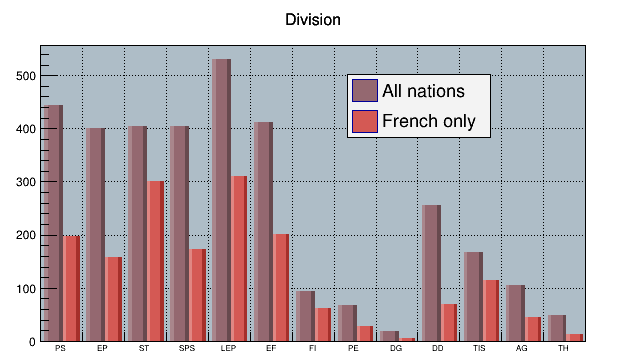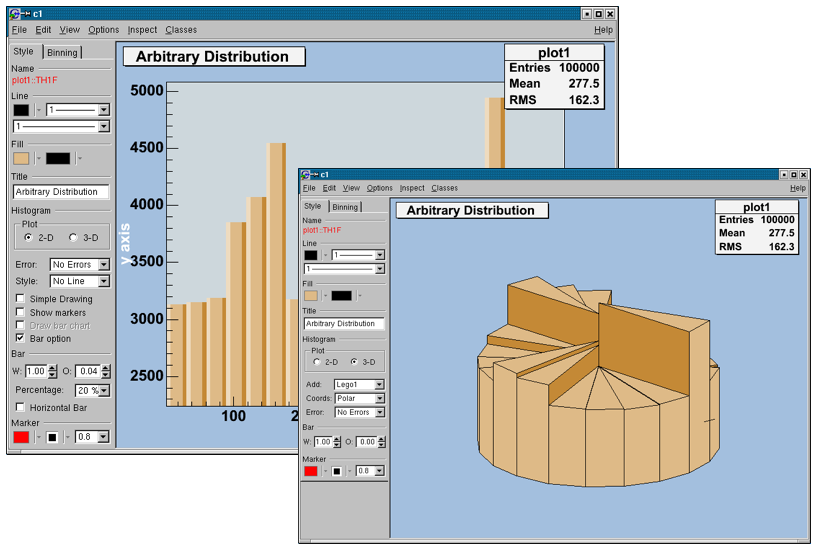
- #How to make a histogram in transcad how to
- #How to make a histogram in transcad install
- #How to make a histogram in transcad full
- #How to make a histogram in transcad code
- #How to make a histogram in transcad free
You’ll notice that the histogram is similar to the one we saw earlier. Run the code, and you’ll get the following histogram: In this example, the ranges should be: Input Range. This can be found under the Data tab as Data Analysis: Step 2: Select Histogram: Step 3: Enter the relevant input range and bin range.
#How to make a histogram in transcad code
This is how the Python code would look like: import matplotlib.pyplot as plt Download the corresponding Excel template file for this example. Don’t forget to include the last value of 99. Within this context, moreover, urban spaces present complex structures that make it difficult to. Scholars have paid little attention to the latter, although greater interest has been seen in recent years due to the growing strength of the idea that development without equity is not development. If, for example, the minimum observation was 20 in another dataset, then the starting point for the first interval should be 20, rather than 0.įor the bins in the Python code below, you’ll need to specify the values highlighted in blue, rather than a particular number (such as 10, which we used before). By definition, sustainable development includes environmental, economic and social dimensions. Note that the starting point for the first interval is 0, which is very close to the minimum observation of 1 in our dataset.

Width of intervals = Range / (# of intervals) = 90/10 = 9īased on this information, the frequency table would look like this: Intervals (bins).Range = maximum value – minimum value = 91 – 1 = 90.Recall that our dataset contained the following 100 observations: Age These formulas can then be used to create the frequency table followed by the histogram. Width of intervals = Range / (# of intervals).Originally, we set the number of bins to 10 for simplicity.Īlternatively, you may derive the bins using the following formulas: Once you run the code in Python, you’ll get the following Skew:Ġ.4575278444409153 Additional way to determine the number of bins This is the code that you can use to derive the skew for our example: from scipy.stats import skew You can derive the skew in Python by using the scipy library. Just by looking at the histogram, you may have noticed the positive Skewness. Run the code, and you’ll get this styled histogram: One way to style your histogram is by adding this syntax towards the end of the code: ('ggplot')Īnd for our example, the code would look like this: import matplotlib.pyplot as plt If needed, you can further style your histogram. That’s it! You should now have your histogram in Python. Run the code, and you’ll get the histogram below: You’ll now be able to plot the histogram based on the template that you saw at the beginning of this guide: import matplotlib.pyplot as pltĪnd for our example, this is the complete Python code after applying the above template: import matplotlib.pyplot as plt Step 4: Plot the histogram in Python using matplotlib At the end of this guide, I’ll show you another way to derive the bins. Next, determine the number of bins to be used for the histogram.įor simplicity, let’s set the number of bins to 10.
#How to make a histogram in transcad how to
Later you’ll see how to plot the histogram based on the above data. Step 2: Collect the data for the histogramįor example, let’s say that you have the following data about the age of 100 individuals: Age
#How to make a histogram in transcad install
You may refer to the following guide for the instructions to install a package in Python. If you haven’t already done so, install the Matplotlib package using the following command (under Windows): pip install matplotlib Steps to plot a histogram in Python using Matplotlib Step 1: Install the Matplotlib package
#How to make a histogram in transcad full
If so, I’ll show you the full steps to plot a histogram in Python using a simple example. Still not sure how to plot a histogram in Python?

Processing data to compute histogram, see 5.You may apply the following template to plot a histogram in Python using Matplotlib: import matplotlib.pyplot as plt Printf("Input the values between 0 and 9 (separated by space): \n")

Printf("Input the amount of values: \n") Void printHistogram ( int *hist, int n ) Process the array and generate the histogram array.

#How to make a histogram in transcad free
It will take some time to read a histogram accurately, so feel free to play around with different videos and images to get the hang of it. Whether you want to make sure you expose your image correctly or to achieve a particular effect or feeling, histograms can help.


 0 kommentar(er)
0 kommentar(er)
